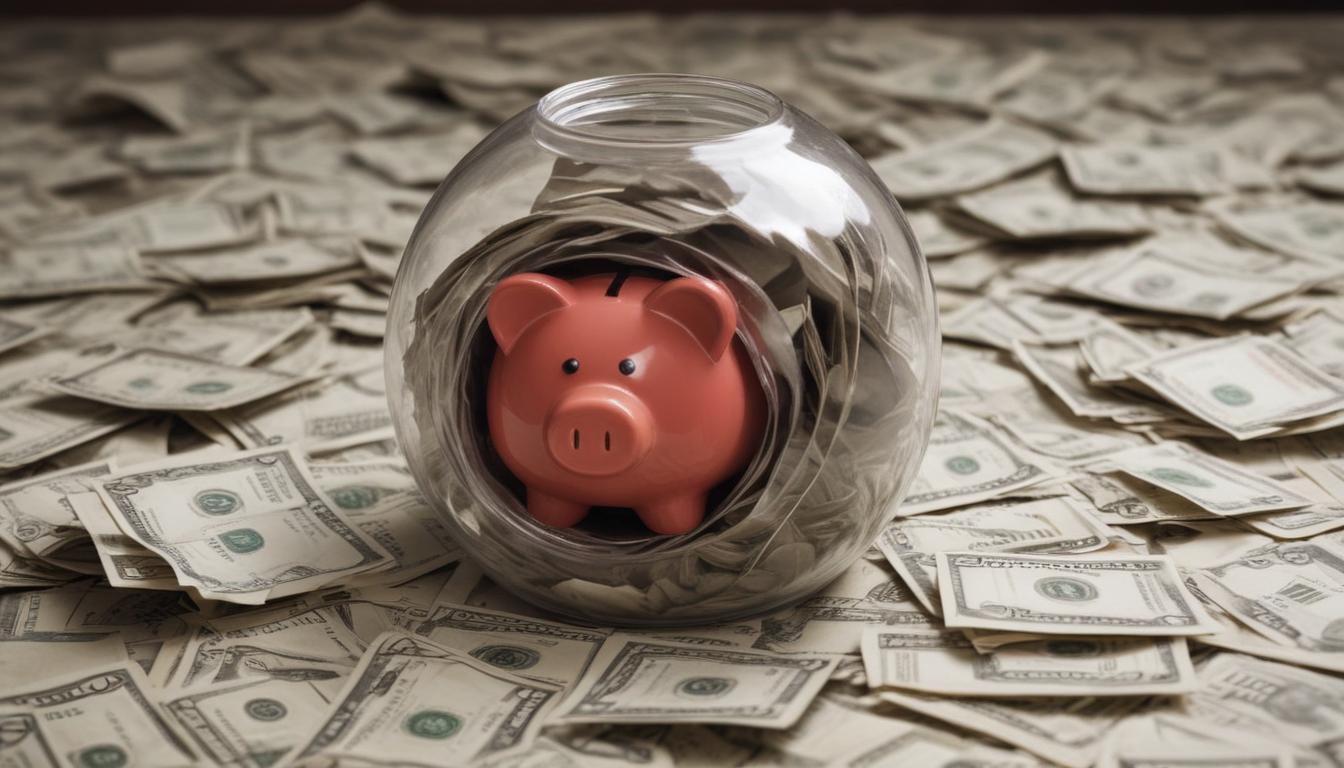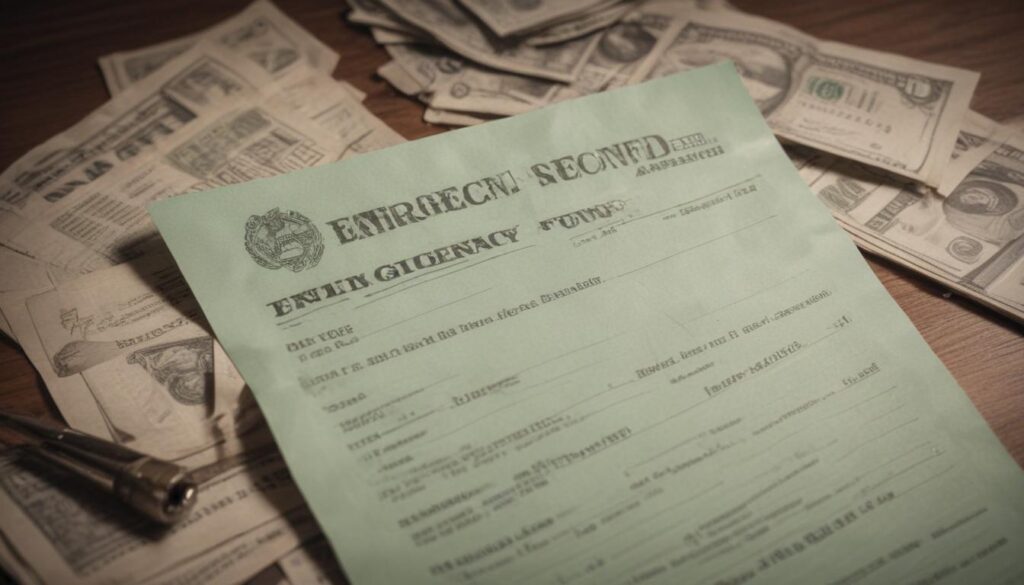Now Reading: Your Easy Guide to an Emergency Fund
- 01
Your Easy Guide to an Emergency Fund
Your Easy Guide to an Emergency Fund

Building an Emergency Fund Your Financial Safety Net
That sinking feeling in your stomach when the check engine light comes on. The sudden panic of an unexpected medical bill in the mail. The stress of a leaky roof or a broken appliance. Life is full of surprises, and unfortunately, many of them come with a price tag. For millions of people, a single unexpected expense can be enough to derail their entire budget, forcing them into high-interest credit card debt or difficult financial choices. This cycle of financial anxiety can feel overwhelming and endless.
But what if you had a shield? A financial safety net that could absorb these shocks, allowing you to handle emergencies with confidence instead of fear. This is the power of an emergency fund. It’s not a wealth-building tool or an investment; it is a dedicated pool of cash reserved for one purpose to protect you when life goes off-script. Building one is the single most important step you can take toward genuine financial peace of mind, and it is more achievable than you think.
Why an Emergency Fund is Non Negotiable
An emergency fund is the buffer between you and debt. When a true emergency strikes, like a job loss or a necessary home repair, you have two choices you can pay for it with cash you have saved, or you can borrow the money. Without a dedicated fund, most people are forced to rely on credit cards or personal loans. While these tools can be useful, using them for emergencies means you’ll be paying back the original cost plus significant interest, making the financial hit even larger and longer-lasting.
Beyond the numbers, the psychological benefit of an emergency fund is immense. It transforms your relationship with money from one of stress and reactivity to one of control and security. Knowing you have a cushion allows you to sleep better at night. It gives you the power to make decisions from a place of strength, not desperation. For example, if you lose your job, an emergency fund gives you the breathing room to find the right next opportunity, rather than being forced to accept the very first offer that comes along just to pay the bills. It is freedom in the form of savings.
How Much Money Should You Have in Your Emergency Fund
The most common guideline you will hear from financial experts is to save between three to six months’ worth of essential living expenses. Essential expenses are the costs you absolutely must cover each month to live, such as your rent or mortgage, utilities, food, transportation, insurance premiums, and minimum debt payments. This does not include discretionary spending like dining out, entertainment, or subscriptions you could pause in a crisis. Calculating this number gives you a clear and powerful savings target.
The specific amount within that range depends on your personal situation. If you are in a stable, dual-income household, three months of expenses might be a sufficient safety net. However, if you are a single-income family, a freelancer with fluctuating income, or work in an unstable industry, aiming for six months or even more provides a much more robust layer of security. The goal is to have enough money to fully support yourself for a period long enough to find a new source of income or navigate a significant life event without financial panic.

What if That Sounds Impossible
Staring at a goal like “six months of expenses” can feel incredibly intimidating, especially if you are just starting out or living paycheck to paycheck. Do not let that number discourage you. The journey to a fully funded emergency account starts with a single, much smaller goal a starter emergency fund. Your first objective should be to save $500 or $1,000.
This starter fund is a game-changer. While it won’t cover a job loss, it will cover the vast majority of common emergencies a car repair, a new set of tires, a plumbing issue, or an urgent dental visit. Achieving this first milestone breaks the cycle of borrowing for small crises and builds incredible momentum. It proves to you that saving is possible and gives you the confidence to continue building your fund toward that larger three-to-six-month goal.
Actionable Steps to Start Building Your Fund Today
The secret to successfully building your emergency fund isn’t about making a huge, one-time contribution. It is about consistency. Small, regular actions performed over time will lead to incredible results. The most important thing you can do is simply begin, no matter how small your first step feels.
Making saving automatic is the most effective strategy for building your fund. This is the concept of “paying yourself first.” Before you pay any other bills or spend money on discretionary items, set up an automatic transfer from your checking account to a separate savings account for the day after you get paid. Even if you can only start with $20 or $50 per paycheck, automating it ensures it happens consistently. This simple trick removes willpower from the equation; the money is moved to savings before you even have the chance to miss it or spend it elsewhere.
Where to Keep Your Emergency Fund for Safety and Access
The right place for your emergency fund must meet two critical criteria it needs to be liquid and it needs to be separate. “Liquid” means you can access the cash quickly and easily when you need it, typically within one to three days, without paying penalties or risking a loss in value. This immediately rules out investing your emergency fund in the stock market, as its value could drop right when you need to pull from it.
The ideal home for your emergency fund is a high-yield savings account (HYSA). These accounts are typically offered by online banks and pay a much higher interest rate than the savings account at a traditional brick-and-mortar bank, allowing your money to grow slightly while it sits. They are FDIC-insured, meaning your money is safe. Crucially, keeping your fund in a HYSA at a different bank than your primary checking account creates a helpful barrier. It keeps the money out of sight and out of mind, reducing the temptation to dip into it for non-emergencies while still keeping it accessible when you truly need it.



































